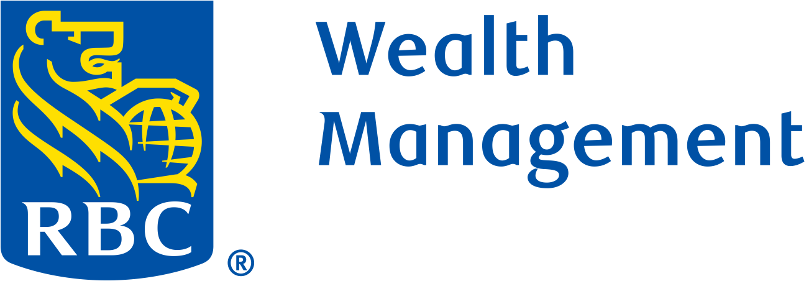Charitable organizations face financial needs on a month-to-month basis, yet many people tend to concentrate their charitable distributions at the end of the year. We often do this as part of year-end tax planning, yet this doesn’t necessarily serve you, or the organizations you support, in the most effective way.
Let’s begin with the fact that charitable donations aren’t tax deductible if you claim the standard deduction, and for many people, it doesn’t pay to itemize. This means that depending on how you file your taxes, you may not be able to take advantage of the tax breaks that can accompany charitable contributions.
Even if your donations are deductible, your giving plans don’t have to wait until the end of the year. Here are three tax-effective forms of charitable gifting that you can implement at any time.
Qualified charitable distributions from a traditional IRA
As of 2023, nearly a third of all U.S. households have money saved in traditional IRAs, according to the Investment Company Institute. Distributions from these IRAs must begin after you reach age 73 and will be taxed as ordinary income once the funds are withdrawn.
One way to manage taxation of your required minimum distributions (RMDs) may be to direct those funds to a qualified nonprofit organization instead. The IRS has a provision for qualified charitable distributions (QCDs) that allows money to be rolled directly from a traditional IRA to charitable organizations.
Using this strategy, both you and the charity can benefit.
A few features to consider when contemplating a QCD:
- Your IRA balance is reduced, lowering future RMD amounts
- It avoids adding IRA distributions to your adjusted gross income, which may keep you in a lower tax bracket
- Because you avoid adding to your income, it may help you qualify for lower Medicare premiums, which are based on income levels
A direct pipeline from your IRA to your favored charities can be a tax-efficient way for older Americans to fulfill their charitable goals. QCDs can be an effective way to manage RMDs after turning age 73 if you don’t need the funds to cover your living expenses.
Creating a charitable remainder trust
Another strategy that may help you manage your tax liability while providing for the long-term financial needs of a favored nonprofit is a charitable remainder trust (CRT). CRTs are often funded with appreciated assets and can provide tax benefits for both the grantors and non-charitable beneficiaries. The benefit to the charity will occur in the future. In the meantime, payments will be generated from the asset, directed to non-charitable beneficiaries.
Payments are typically made to the grantor and/or the grantor’s spouse, but other beneficiaries could be named in certain circumstances. The primary benefit is twofold—you claim a tax deduction equal to a portion of the amount placed into the trust while providing a steady stream of income for yourself or another non-charitable beneficiary.
When you establish and fund the trust, that decision is irrevocable. The assets must remain in the trust. You can receive payments based on the value of the assets, as determined by an IRS calculation at the time the trust is funded. The trust can be established for up to 20 years or the life of the beneficiaries. When the term of the trust ends, the remaining assets in the trust are directed to charity.
Setting up a donor-advised fund
A simple way to describe a donor-advised fund (DAF) is that you set aside a lump sum of money into a managed fund, potentially claim an immediate tax deduction for that amount, then direct gifts from the fund to charities over a period of time that is as short or as long as you wish.
Cash, stocks, bonds, mutual funds and other types of assets can be placed in the fund.
Other tax benefits may include avoiding capital-gains taxes on appreciated assets that are placed in the fund and tax-free growth of assets placed in the DAF. Once assets are placed in the DAF, the gift is irrevocable and you can no longer access those assets.
DAFs are not all the same and won’t be suitable for all investors. Funds invested in a DAF may not be distributed to your chosen charities promptly, and some DAFs place restrictions on the types of charities you can designate as beneficiaries. It’s important to consult your financial and tax professionals before investing in a DAF so they can guide you through the due diligence process.
If assets remain in the fund after your death, you can designate who should carry on your philanthropy after you’re gone. It can be an effective way to connect the next generation to your family’s philanthropic values.
Think beyond cash donations
While you may appreciate the simplicity of writing out a check for a charitable cause, that approach has its limitations. The three strategies outlined here should be explored in more detail with your tax advisor. Each offers a way to potentially improve the tax efficiency of your philanthropic endeavors.

